Membrane research
When art conveys science
Researchers from the University of Bern, with students from the School of Visual Arts Bern and Biel, have created a nature trail called "Vitaport" which is open to the public and is about transport routes in the body. As a way of communicating science, art and design have a lot of potential, think scientist Valentina Rossetti and designer Juliane Wolski.
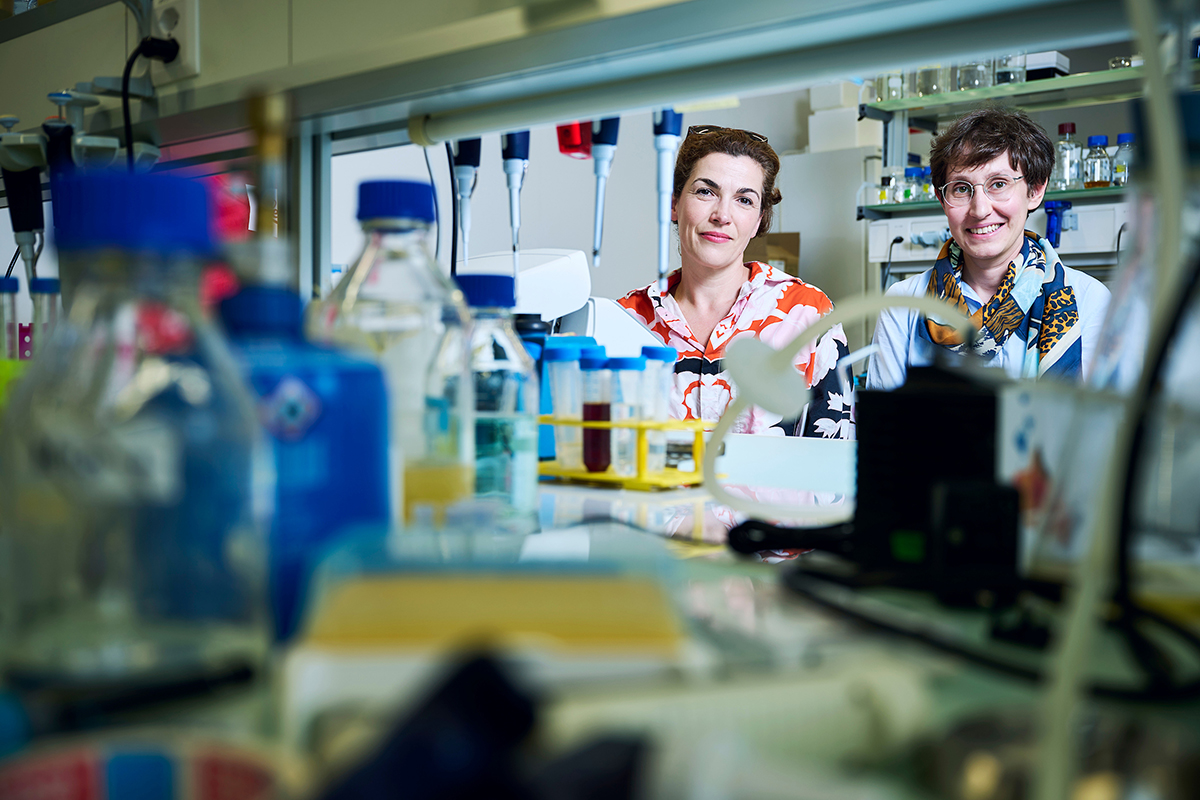
Valentina Rossetti: It's an old dream of mine. Since a long time, I’ve wanted to do something to present scientific content to the general public in a different way. This idea came up during the COVID lockdown, where we had a lot of time to think about. I proposed it to the team and everyone was enthusiastic. The National Centre of Competence in Research (NCCR) TransCure, which investigates membrane transport proteins, is coming to an end this year, and the trail is a fitting conclusion for it.
What is behind the name Vitaport?Valentina Rossetti:Membrane transport is the collection of mechanisms gatekeeping our cells. It transports various substances, molecules, nutrients, and drugs through the cell and is fundamentally important for many vital processes in the body. The name Vitaport is composed of the Latin "vita" for "life" and "port" for "gate".
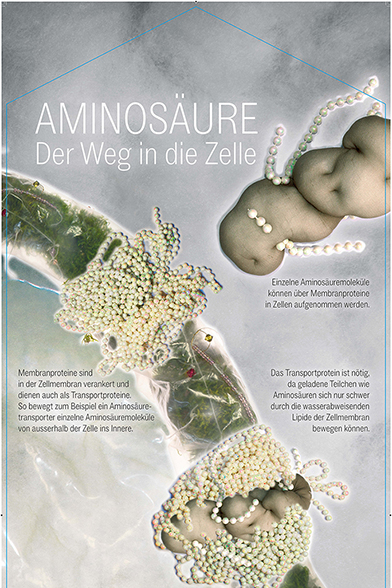
Juliane Wolski: Translating complex scientific findings into an inviting, generally understandable language, and implementing it in an exhibition appealed to us. The fact that the whole thing happened across disciplines, i.e., not only with the researchers from the NCCR TransCure, but also within the school between the various visual arts disciplines, was an exciting challenge. In total, about ten researchers and 40 students from 3D polydesign, graphic design, ceramic design, and interaction design were involved.
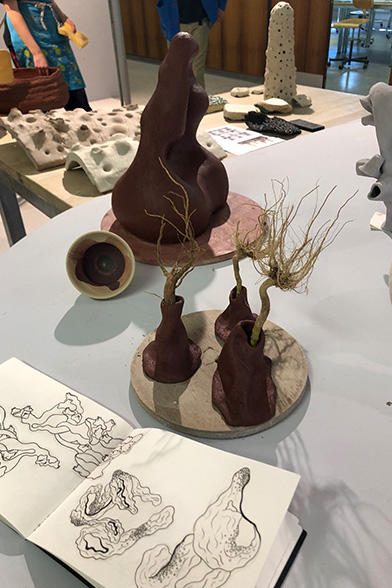
Valentina Rossetti: Science communication means making content more accessible to a broad audience - in other words, simplifying it. You have to make compromises between comprehensibility and correctness. Using art to convey science goes beyond that. The process of simplification is more extreme, you have to be more open to abstraction and interpretation. This kind of communication t is more demanding, but from my point of view it has great potential.
Juliane Wolski: I believe that this kind of passing on knowledge using design or objects of art creates completely new approaches to the content. For example, we have incorporated ceramic objects into the trail. This can stimulate the senses and be very illustrative; it can have a playful effect. It can also give us clues to something that has perhaps not yet been conclusively clarified scientifically, or which is still beyond our knowledge.
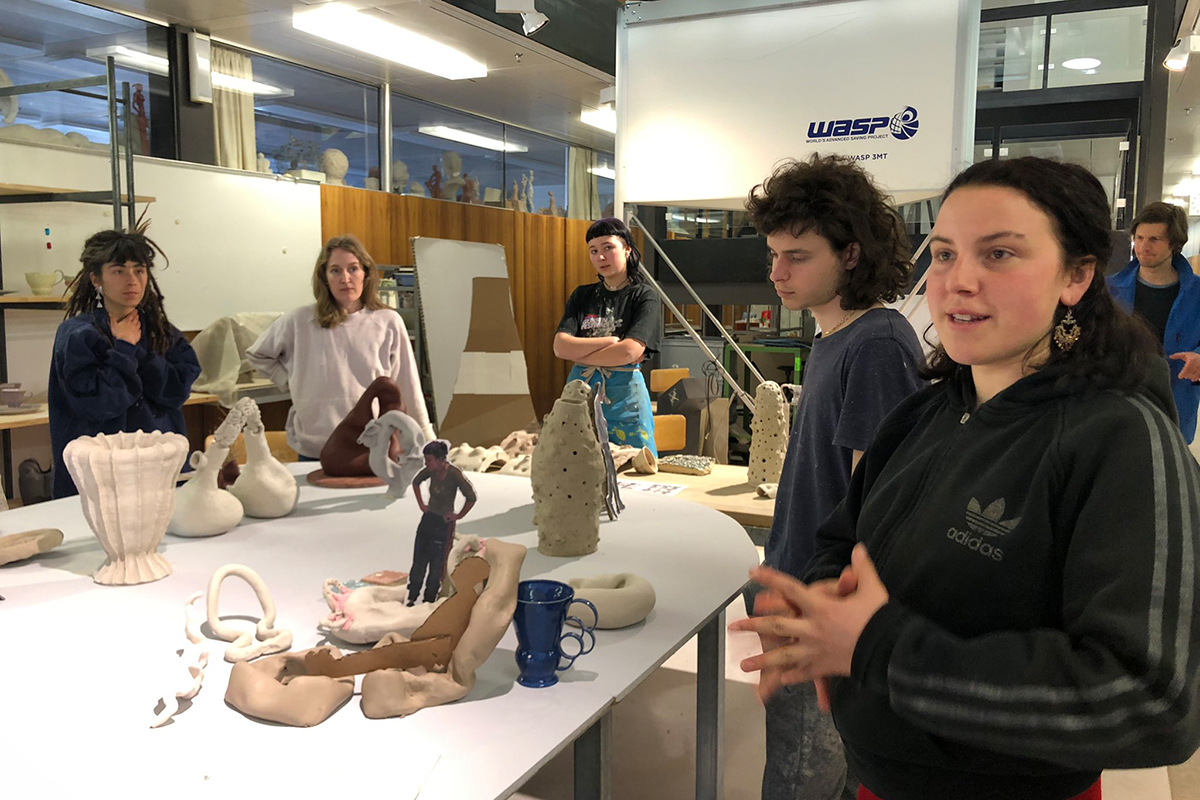
Juliane Wolski: The students appreciated the exchange with the science team enormously. It was almost like a customer relationship. They got direct external feedback, not only from us teachers. Also, working towards something that is going to be exhibited is a completely different kind of motivation.
Valentina Rossetti: It was a courageous step on the part of the researchers to create new, rather unusual synergies. But it has paid off. The results are powerful. There is still a lot of room to discover new ways of communicating science. It is important to leave preconceptions aside and get to know each other first, to seek dialogue and explore new avenues.
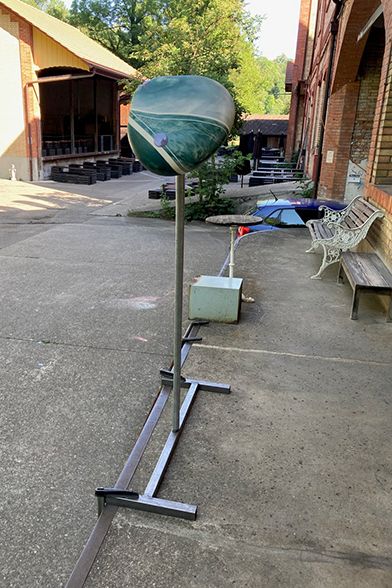
Juliane Wolski: It takes a great deal of translation of very complex content that is not easy for us to understand without prior knowledge. The science team did a great job and did a lot of illustrating. As part of the workflow, you have to check again and again whether you are on the right track or interpreting something incorrectly. That's where the close back-and-forth between the students and researchers was important, and now we can stand behind the results.
Now the NCCR TransCure is wrapping up. What's next for the research?Valentina Rossetti: Many NCCR TransCure principal investigators will remain at the Institute of Biochemistry and Molecular Medicine and continue to conduct research. The «Screening, Profiling and Analytical Facility» from the NCCR TransCure will remain, which provides various services to researchers in the field. In addition, there is a new section, «Ion Channels and Membrane Transporters», within the Life Sciences Switzerland network, where researchers can continue to meet and exchange ideas.
The University of Bern conducts cutting-edge research on topics that concern us as a society and shape our future. In uniAKTUELL we show selected examples and introduce you to the people behind them – gripping, multimedia and free of charge.The online magazine of the University of Bern
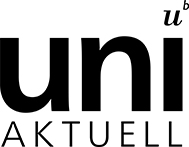
Subscribe to the uniAKTUELL newsletter
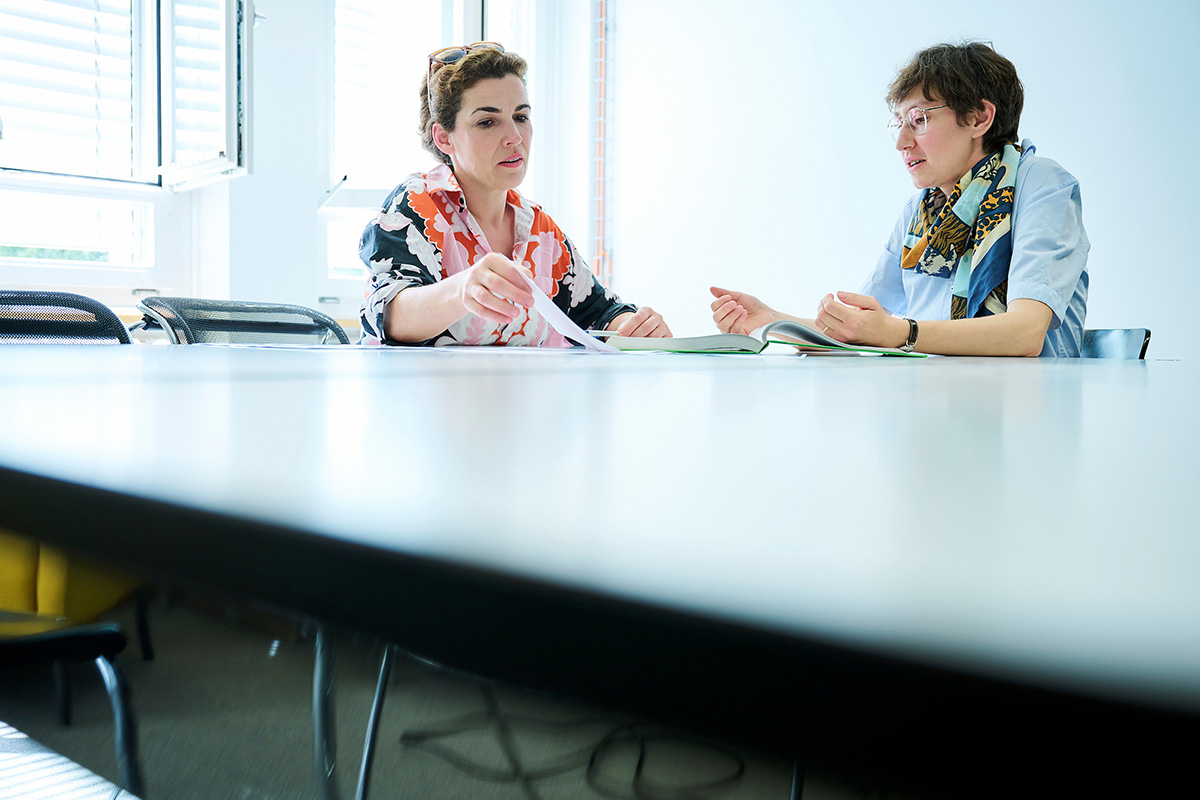
Juliane Wolski: I am eagerly looking forward to seeing the whole thing in person. So far, we only know the individual components, we can imagine and have made visualizations of what it will look like. But it's always something else when you see the entire setup on site. I am also very excited about feedback from the audience.
Valentina Rossetti: I'm excited that people can encounter science unexpectedly in the middle of the park. I hope there are many “wow moments”.
The NCCR TransCure is located at the University of Bern (Leading House) and investigates membrane transport proteins. The knowledge gained will be used to develop new drugs and therapies for widespread diseases such as diabetes, hypertension, cancer, and neurological disorders. NCCR stands for National Centres of Competence in Research and are funding instruments of the Swiss National Science Foundation. The NCCR TransCure will end in October 2022. Vitaport is a nature trail and art exhibition about the transport of molecules and nutrients through the human body, which is open to the public. The trail is located in Elfenau from August 12 to October 16, 2022 and is free of charge. Additionally, a series of public lectures will be held at the Botanical Garden.ABOUT NCCR TRANSCURE
VITAPORT